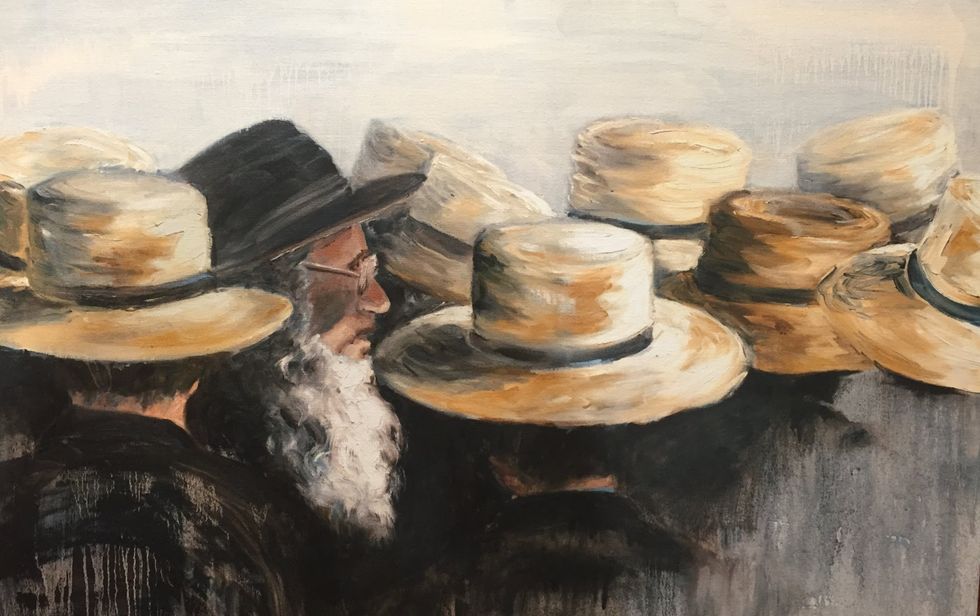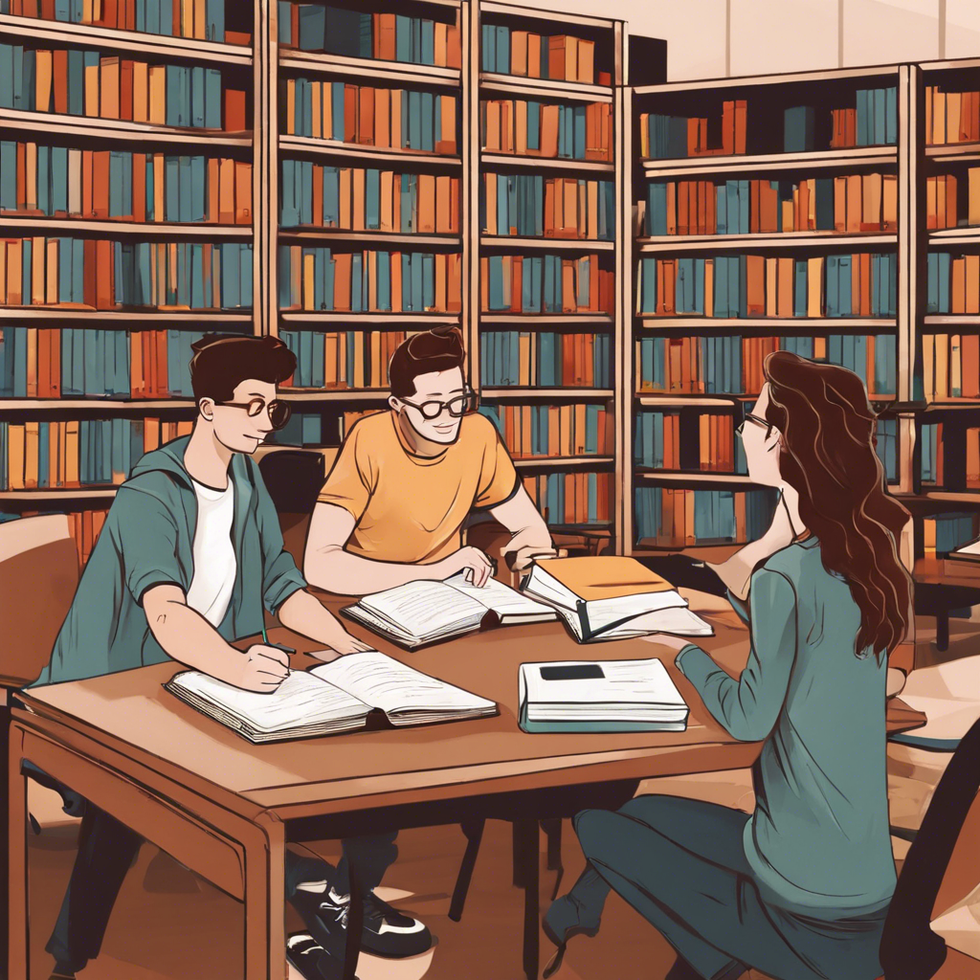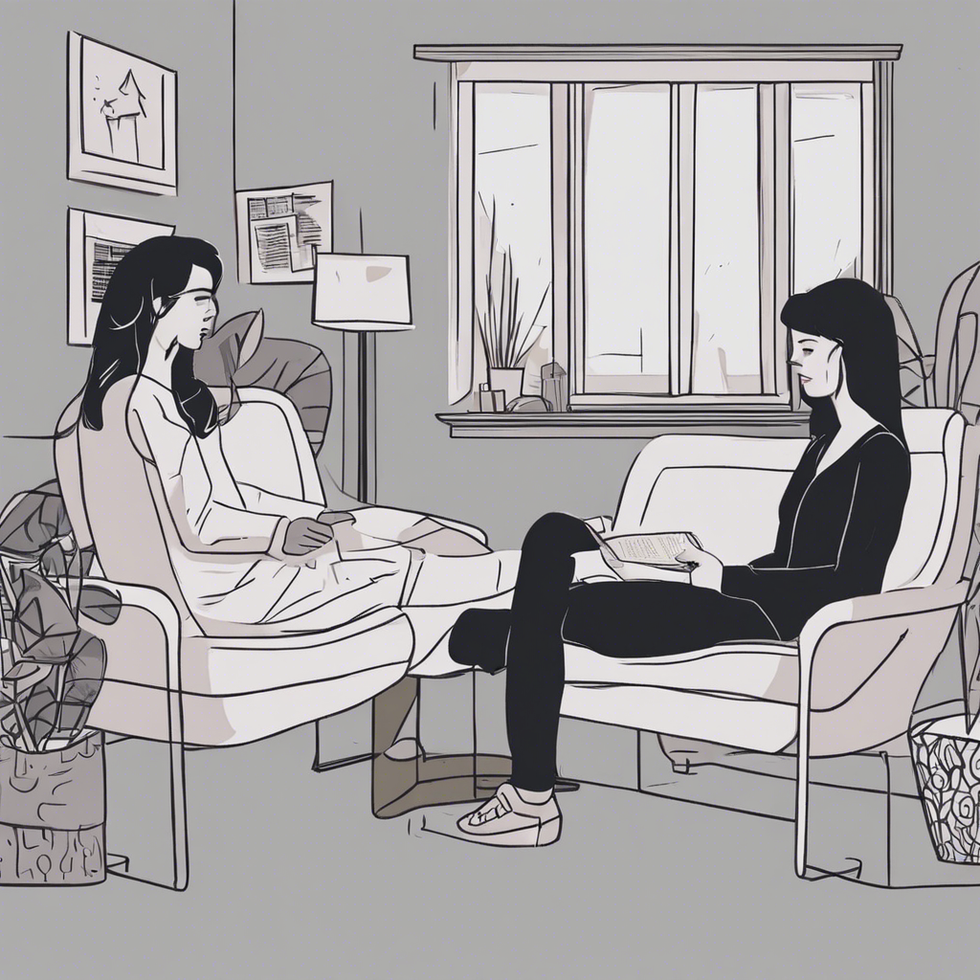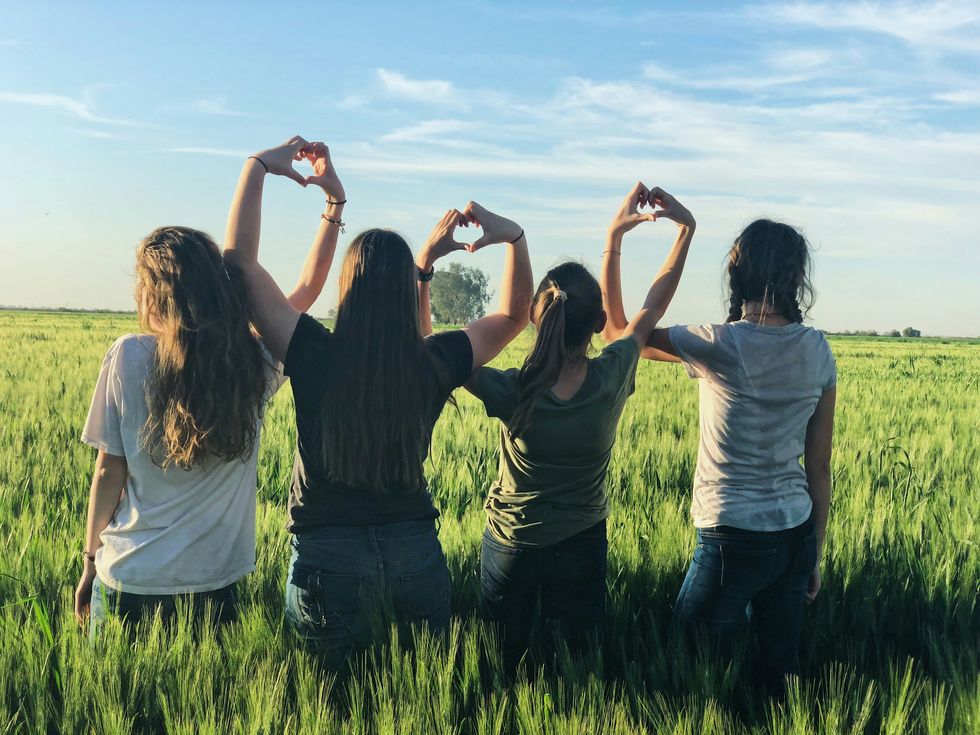Contrary to what television shows and films portray, field trips are not common to the high school experience. So, when my anthropology class was given the opportunity to visit the Lancaster Amish community, we jumped at the chance.
Though our “Amish field trip” was intended to be an educational excursion — as we had studied the culture in class for two months — it was also a form of cultural tourism. After all, we were going to visit a cultural group to learn more about their lifestyle and values.
Throughout the trip, we were reminded to avoid taking photos without permission. Having previously studied the culture during class, we were already aware of the reasoning behind this decree: Amish culture values humility, and photographs are indicative of vanity. Still, our desire to snap a photo at every turn reflects a flaw in our practice of cultural tourism.
When visiting another culture (or even when on any sort of “vacation” at all), the top priority should be immersion: experiencing the place from the native individual’s viewpoint, in doing so gaining a new perspective on the world. Too often do we willingly choose to not take part in this immersive experience, instead glued to our cell phones and cameras, prioritizing sharing the event over truly enjoying it.
Besides, if you don’t take a photo of the Amish did you really visit the Amish?
In the case of the Amish trip, many participants were far more absorbed in their own lives to take advantage of the opportunities around them. They gushed over cute animals rather than ask questions regarding the culture.
And though the trip was fun and enjoyable, it was more akin to a shopping spree than an educational excursion.
At every turn, we were presented with the opportunity to purchase something: quilts, pillows, quillows (a portmanteau), candles, clothing, furniture, food. In fact, the time spent at shops exceeds the time spent actually speaking with Amish people and learning more about their culture.
To some extent, the idea of tourists purchasing goods representative of a culture without knowing much about the culture itself is highly problematic. In some situations, it may resemble a case of cultural appropriation (though our Amish trip did not reach such heights).
When this occurs, it is important to take into consideration why the cultural goods are being produced and who is producing them. If an outside source was coming into with Amish community to appropriate their culture for sale, it would clearly be a bad thing worth admonishing. However, the Amish are commodifying their own culture. They know that tourists are interested in seeing their way of life, and so may as well profit off their interests.
We get a cute souvenir and perceive human beings as tourist attractions, they get money. It’s a trade-off that has thus far proven to be sustainable.
Much of Amish culture — in regards to dress and mode of transportation — is built upon the desire to appear different to the outside world. Their modest clothing and traditional buggies immediately distinguish who is part of the community, and who is not. These symbols establish the boundaries of the community, articulate a greater theme of surrender, and bind the community together.
Based on this, it is unlikely that our visit worked to damage the Amish community. We may have even solidified it.
Even so, this idea of sustainability is what truly calls the merit of cultural tourism into question. As the world becomes increasingly globalized and technologically advanced, the number of places open to visitation and tourism vastly increases.
One day, the desire for authentic experiences may deteriorate the few undamaged corners of our world; the places where indigenous or cultural groups continue to live and prosper. With the influx of tourism, arguably the modern-day form of colonization, comes change. Although the Amish have thus far proven themselves to be resistant to change, this may not hold true for other groups, or even last forever.
While field trips are not commonplace in my high school, they provide invaluable learning opportunities. Granted the Amish trip did not teach me much about the Amish community, I learned more about my own.
Though we may take a trip to Philadelphia later this year. Here’s hoping that one goes better.



 Photo by
Photo by  person holding black smartphone on white textile
Photo by
person holding black smartphone on white textile
Photo by  StableDiffusion
StableDiffusion
 Photo by
Photo by  Photo by
Photo by 
 roommate as a therapist
StableDiffusion
roommate as a therapist
StableDiffusion
 woman in white shirt eating pizza
Photo by
woman in white shirt eating pizza
Photo by  person holding remote pointing at TV
Photo by
person holding remote pointing at TV
Photo by  person holding assorted clothes in wooden hanger
Photo by
person holding assorted clothes in wooden hanger
Photo by  a couple of
a couple of  friends cleaning apartment
StableDiffusion
friends cleaning apartment
StableDiffusion
 man driving car during golden hour
Photo by
man driving car during golden hour
Photo by  bacon strips and melted cheese topped fries on oval white and blue platter with gray stainless steel forks
Photo by
bacon strips and melted cheese topped fries on oval white and blue platter with gray stainless steel forks
Photo by  selective focus photography of eyeshadow palette
Photo by
selective focus photography of eyeshadow palette
Photo by  brown wooden framed white padded chair in between green indoor leaf plants inside bedroom
Photo by
brown wooden framed white padded chair in between green indoor leaf plants inside bedroom
Photo by  women forming
women forming  taking
taking  man in red polo shirt pouring wine on clear wine glass
Photo by
man in red polo shirt pouring wine on clear wine glass
Photo by  woman in black jacket standing on road during daytime
Photo by
woman in black jacket standing on road during daytime
Photo by 
 StableDiffusion
StableDiffusion
 StableDiffusion
StableDiffusion
 student thinking i shouldnt have procrastinated all semester
StableDiffusion
student thinking i shouldnt have procrastinated all semester
StableDiffusion
 Photo by
Photo by  Photo by
Photo by  Photo by
Photo by  StableDiffusion
StableDiffusion
 StableDiffusion
StableDiffusion
 Photo by
Photo by  Photo by
Photo by 


 Lumiere figure at the Disney Store at the Ala Moana Shoppi… | Flickr
Lumiere figure at the Disney Store at the Ala Moana Shoppi… | Flickr








 StableDiffusion
StableDiffusion StableDiffusion
StableDiffusion 10. Extra BlanketsJuwenin Home 100% Cotton Knitted Throw Blanket
10. Extra BlanketsJuwenin Home 100% Cotton Knitted Throw Blanket StableDiffusion
StableDiffusion StableDiffusion
StableDiffusion File:Kishlaru familie.jpg - Wikimedia Commons
File:Kishlaru familie.jpg - Wikimedia Commons Photo by Hanna Balan on Unsplash
Photo by Hanna Balan on Unsplash StableDiffusion
StableDiffusion black blue and yellow round illustrationPhoto by
black blue and yellow round illustrationPhoto by 









